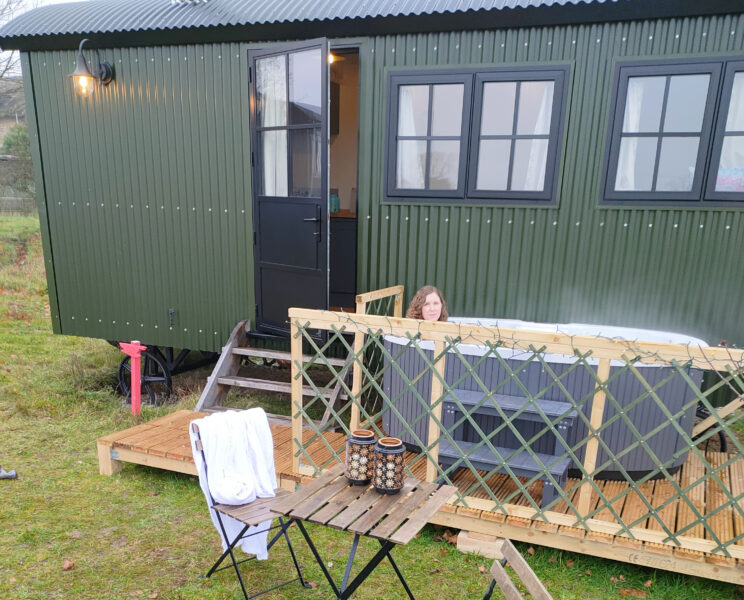Jargon Busting – Depreciation
Ever wondered what all those financial terms your accountant uses but too afraid to ask? In this series we aim to demystify accounting jargon by explaining words and phrases in simple terms for anyone to understand.
This week we’re looking at Depreciation.
What exactly does it mean when an asset gets depreciated? How does that work and why does it matter?
What is Depreciation?
Depreciation is a way of spreading out the cost of a business expense over time for accounting and tax purposes. Rather than taking a big hit to profits all at once when you buy equipment, vehicles, or buildings, depreciation allows you to allocate a portion of that cost to each year the asset is in service. This approach matches expenses to the revenue those assets help generate.
Depreciation allows a more realistic picture of net income. If a business had to deduct the full £50,000 cost of a piece of equipment all in one year, it may make the business look like it lost money even if it was profitable. Spreading the cost of this major purchase over say 5 years aligns with its usage and makes profitability more accurate.
Depreciation ends when the asset is considered to have no remaining useful value, or is disposed or sold. At that point, depreciation stops even if the pre-set number of years has not been reached.
Depreciation also helps with budgets and planning. Knowing how much equipment, properties, etc. depreciate each year allows you to properly budget for maintenance, repairs, and future replacement costs. Planning ahead and setting funds aside each year to replace purchased items prevents financial surprises down the road.
In summary, depreciation refers to allocating the costs of fixed assets like vehicles, computers, office furniture etc. over a period of years as deductions, rather than deducting the full purchase price in year one. This gives a more accurate financial picture for businesses. It’s an important concept for small business owners and investors to understand when assessing the health and growth potential of a company.
How Does Depreciation Work?
Depreciation is how a business allocates the cost of a fixed asset over time. Think of it as gradually “using up” the asset’s value on the company’s books.
Here’s a quick example to understand the basics:
- A small retail shop buys a new computer to use as a cash register for £1,000
- They expect the register to be useful for 5 years before needing to be replaced
- So each year, they take £1,000 and divide it by 5 years = £200
- The shop records £200 as an expense for that cash register each year for 5 years. This £200 per year is the depreciation
- After 5 years, the full £1,000 cost of the register has been “used up” as an expense.
Common Depreciation Methods
When accounting for depreciation, there are several common methods used to allocate the cost of an asset over its useful life. Here’s a quick overview of some of the main approaches:
1. Straight-Line Method
The simplest way! With the straight-line method, you depreciate the asset by an equal amount each year over its useful life. This gives you a constant depreciation expense on your income statement.
2. Declining Balance Method
Also called an accelerated depreciation method, this approach depreciates assets faster in the early years of an asset’s life. The depreciation expense decreases each year.
3. Units of Production Method
Useful when the asset’s utility is tied to how much it produces over its lifetime – like machinery. With this method, you depreciate a fixed amount per unit produced by the asset.
4. Sum-of-Years’ Digits Method
This accelerated depreciation method depreciates assets faster in the beginning and slower at the end. The depreciation is allocated based on a fraction – the remaining useful life over the sum of total useful life.
Conclusion
So there you have it – depreciation demystified! While the ins and outs of accounting practices may seem complex at first, the basic idea of depreciation is pretty straightforward. Assets decline in value over time, and depreciation is just a way to account for that decline. By spreading out costs instead of taking a big hit all at once, businesses can plan better and understand the true value of their assets.




